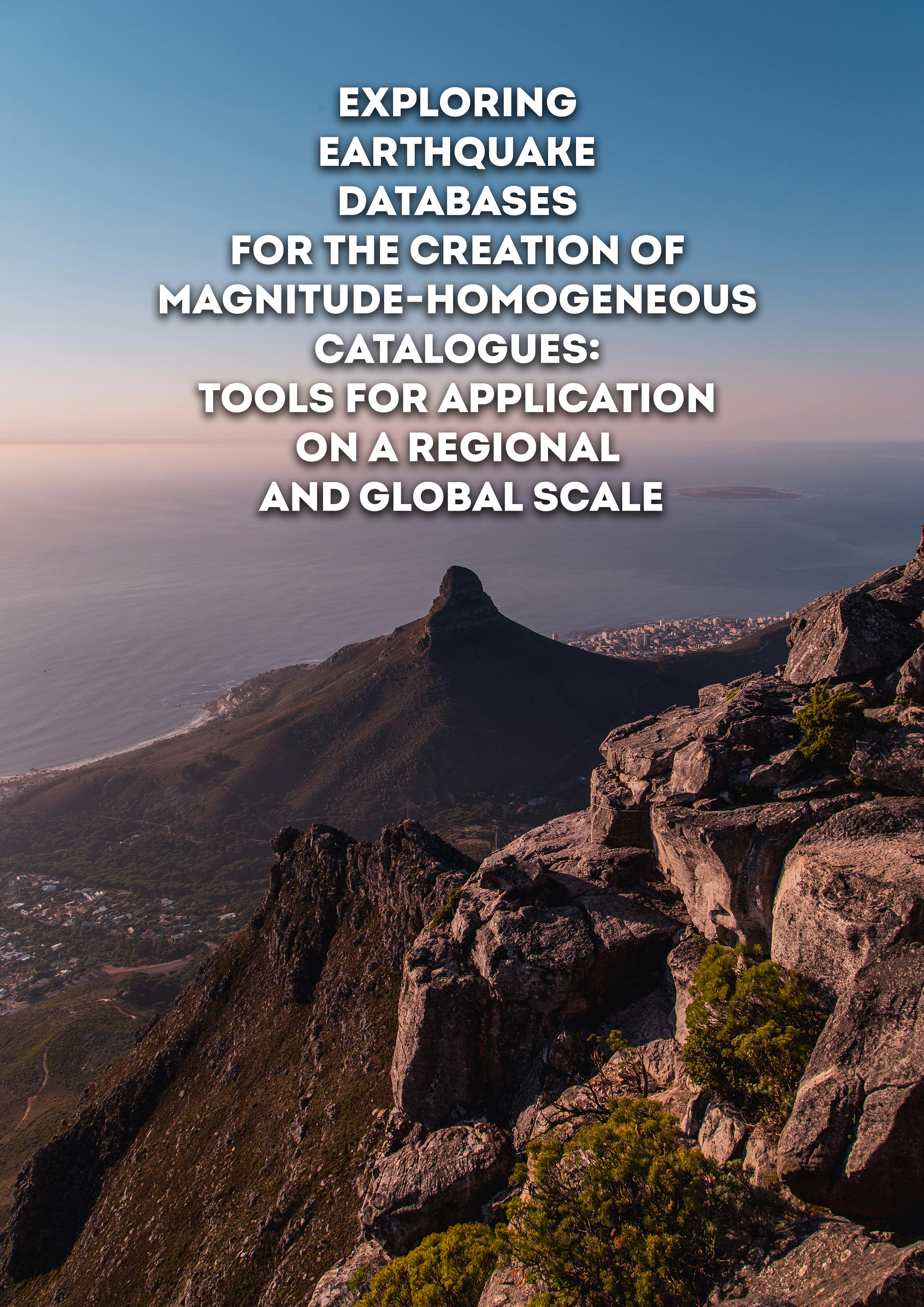top of page
Exploring earthquake databases for the creation of magnitude-homogeneous catalogues: tools for application on a regional and global scale
2016
|
Peer-reviewed
The creation of a magnitude-homogenized catalogue is often one of the most fundamental steps in seismic hazard analysis. The process of homogenizing multiple catalogues of earthquakes into a single unified catalogue typically requires careful appraisal of available bulletins, identification of common events within multiple bulletins and the development and application of empirical models to convert from each catalogue's native scale into the required target. The database of the International Seismological Center (ISC) provides the most exhaustive compilation of records from local bulletins, in addition to its reviewed global bulletin. New open-source tools are developed that can utilize this, or any other compiled database, to explore the relations between earthquake solutions provided by different recording networks, and to build and apply empirical models in order to harmonize magnitude scales for the purpose of creating magnitude-homogeneous earthquake catalogues. These tools are described and their application illustrated in two different contexts. The first is a simple application in the Sub-Saharan Africa region where the spatial coverage and magnitude scales for different local recording networks are compared, and their relation to global magnitude scales explored. In the second application the tools are used on a global scale for the purpose of creating an extended magnitude-homogeneous global earthquake catalogue. Several existing high-quality earthquake databases, such as the ISC-GEM and the ISC Reviewed Bulletins, are harmonized into moment magnitude to form a catalogue of more than 562 840 events. This extended catalogue, while not an appropriate substitute for a locally calibrated analysis, can help in studying global patterns in seismicity and hazard, and is therefore released with the accompanying software.
bottom of page







